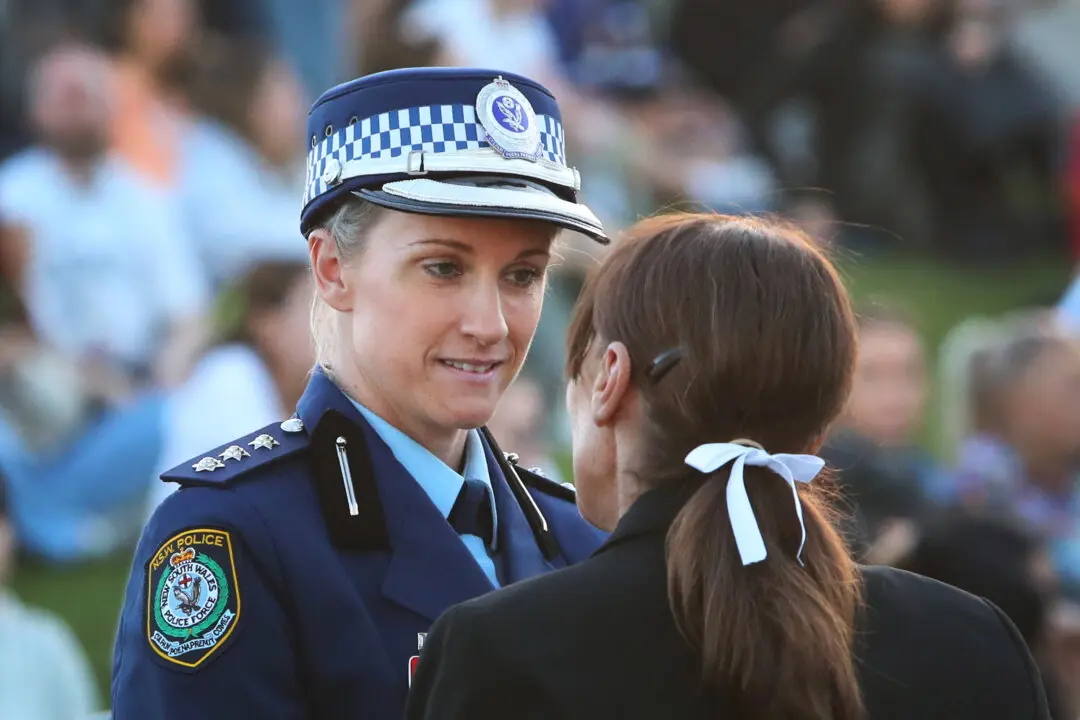Mobile phone customers may not be able to use a different provider’s network during widespread natural disasters.
Data Roaming During Disasters Not for Widespread Use
‘Disaster roaming is extremely limited in its use cases, it’s a very expensive approach.’

A Telstra logo is seen as pedestrians walk outside the Telstra headquarters in Melbourne, Australia, on June 14, 2017. Michael Dodge/Getty Images




